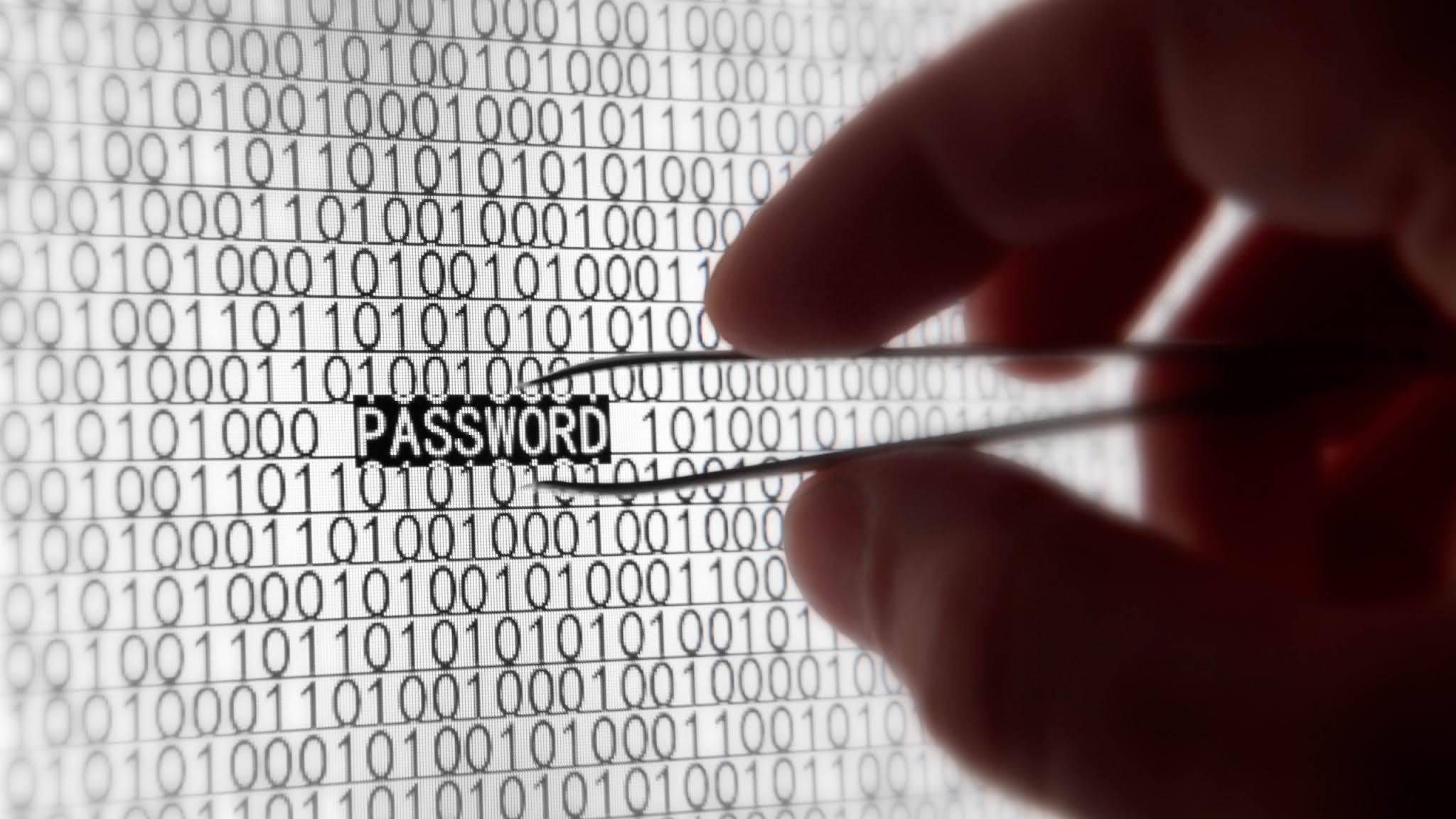Understanding IAM Governance (AKA: How we monitor, control and decide)

I remember when I first heard about Corporate Governance as a young engineer fresh out of college. I simply could not make sense of the concept and what it meant. It seemed to me like empty words which ultimately meant "ensure we do the right thing". Pffff. Useless! Of course we will do the right thing! Every employee and every organization makes plans to do the right thing! Anything else would be ridiculous, right? Right now, many of my readers are shaking their heads in pity for the naivety of my younger self. Because we now know that "doing the right thing" does not happen magically, and it certainly does not persist magically. It needs to be carefully defined, planned, communicated, enforced, controlled, monitored, and reviewed. However, I'd ask for a little bit of compassion for this younger (and dumber) version of me because, in my current experience, I have seen that so many people fail to grasp the meaning of Corporate Governance and, in our current conc...





